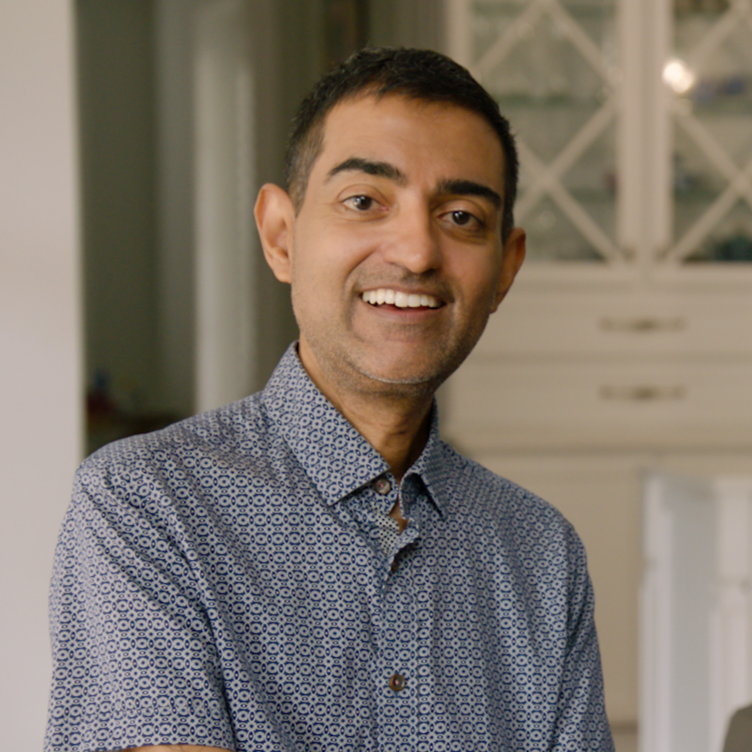For people living with epilepsy who have tried various epilepsy treatments to control their seizures with little success, there is another option. It's a surgery called resection of an epileptic focus, or resective surgery — where surgeons remove or disconnect the area in the brain that is no longer properly functioning and is generating seizures. Dr. Jonathon Parker, a Mayo Clinic neurosurgeon, explains how this surgery works.
Feb. 13 is International Epilepsy Day, a way to provide a platform for people with epilepsy.
Journalists: Broadcast-quality video (1:06) is in the downloads at the end of this post. Please courtesy: "Mayo Clinic News Network." Read the script.
"Epilepsy fundamentally is a disorder of the electrical synapses in the electrical fields that are in the brain. It's our job as neurosurgeons to understand where that seizure starts and where it propagates," says Dr. Parker.
For many people with epilepsy, seizures can be effectively controlled with medication, but some cases require surgery called a resection of an epileptic focus, where surgeons remove or disconnect the area in the brain that is no longer properly functioning and is generating seizures.
"This means that we use all of the surgical adjuncts that we have to design a tailored surgical resection to a patient's specific epilepsy," Dr. Parker says.
During the surgery, the team uses advanced brain mapping for the utmost precision, so surgeons know what areas to remove and what areas to avoid.
"When we're stimulating the brain, we can actually see this muscle on the face is activating, this muscle on the leg is activating. And we can see this in the computer screen in real time and that allows us to do these surgeries safely," says Dr. Parker.
Related posts:
- Innovative treatment brings relief to man who experienced hundreds of seizures daily
- Mayo Clinic Minute: Demystifying epilepsy
- Mayo Clinic Minute: What is a ‘brain pacemaker?’
For the safety of its patients, staff and visitors, Mayo Clinic has strict masking policies in place. Anyone shown without a mask was recorded prior to COVID-19 or recorded in an area not designated for patient care, where safety protocols were followed.







